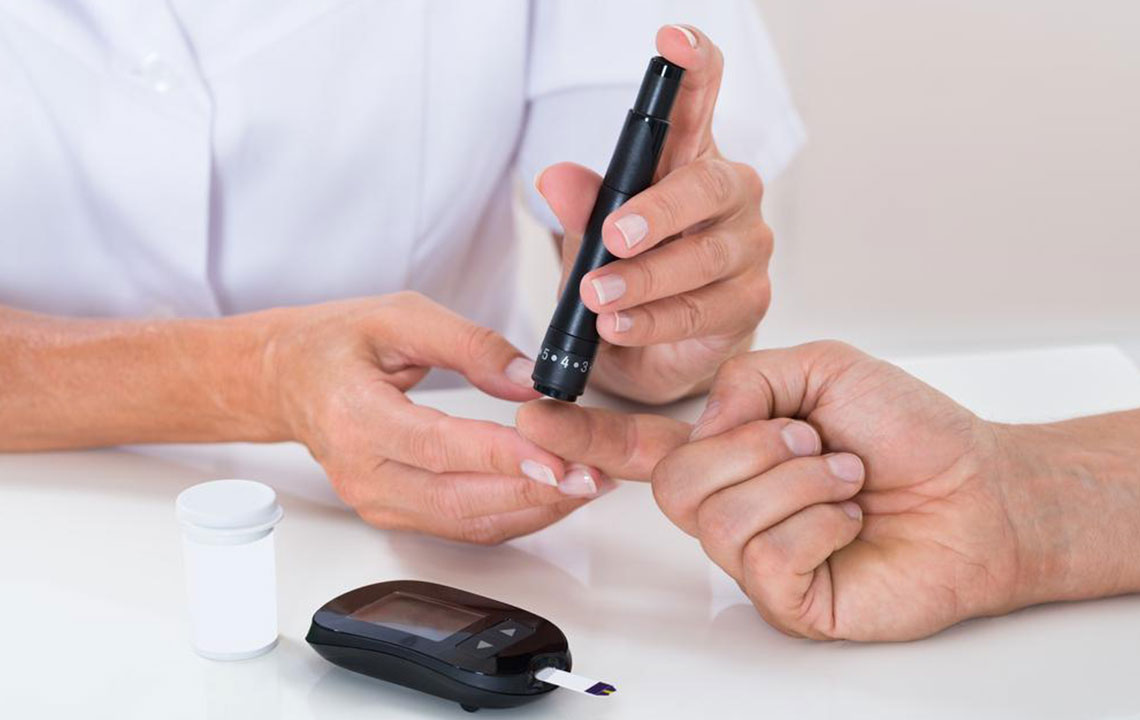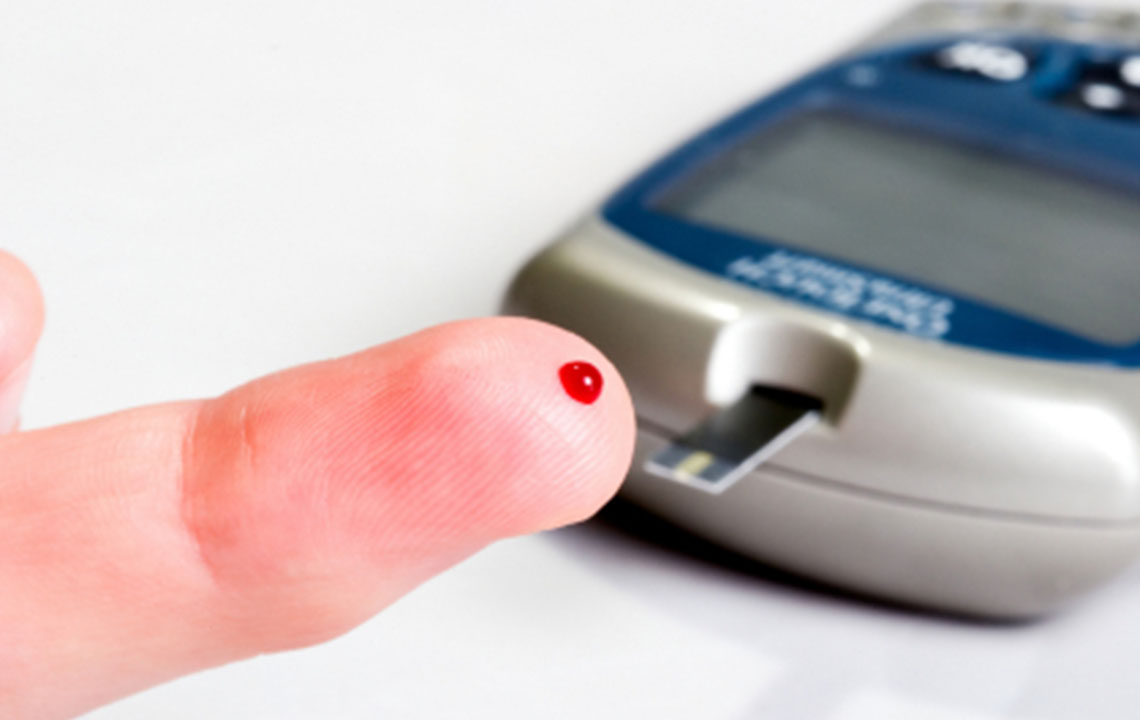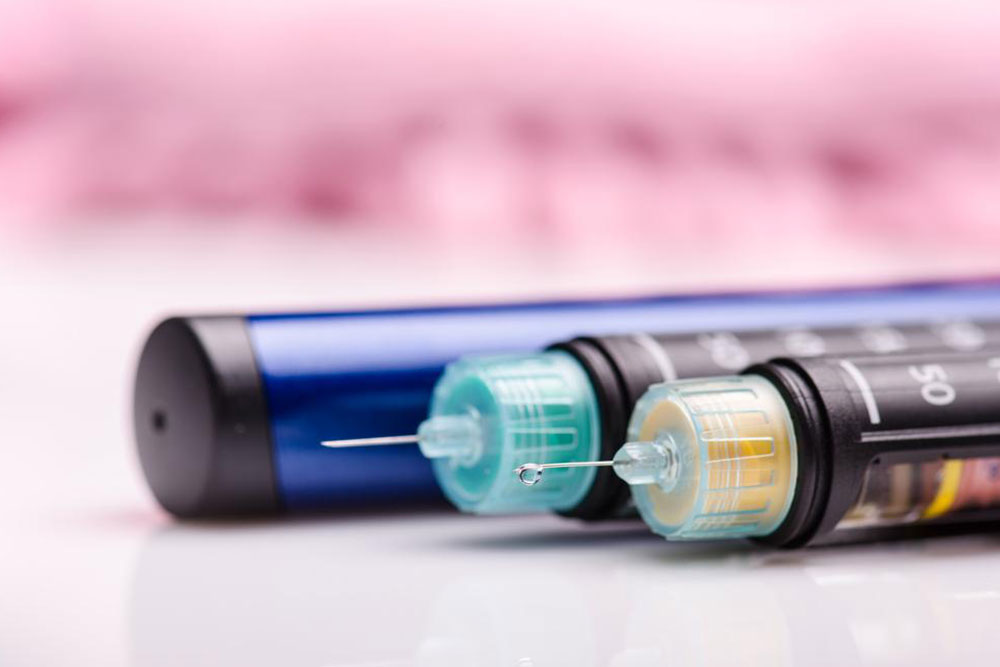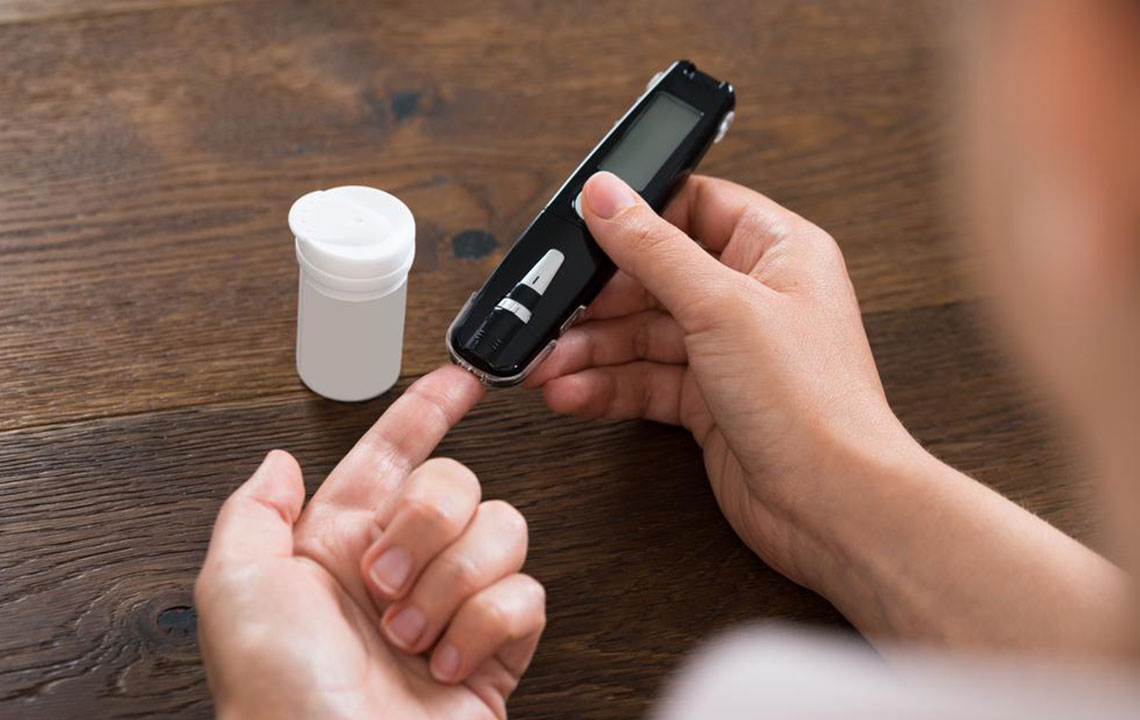Effective Blood Sugar Monitoring for Diabetes Management
Learn how blood sugar charts can enhance diabetes management by tracking glucose levels, identifying spikes, and aiding timely intervention. This guide explains their use, importance, and how they can empower patients to maintain optimal blood sugar control at home. Suitable for diabetics and pre-diabetics alike, these charts facilitate better health outcomes through continuous monitoring and preventive care.

Understanding Blood Sugar Charts for Better Diabetes Control
Diabetes arises when the pancreas fails to produce enough insulin or the body cannot effectively use it, leading to elevated blood glucose levels. Known as a silent threat, unmanaged diabetes combined with high blood pressure can be life-threatening. Globally, about 37% of people live with diabetes, with numbers rising due to obesity and lifestyle factors.
Types of Diabetes
Primarily, individuals develop type 1 or type 2 diabetes. Type 1 diabetics rely completely on insulin therapy, while type 2 involves insufficient insulin production or insulin resistance. Increasing incidences of juvenile and gestational diabetes highlight the importance of management through medication and lifestyle adjustments.
Unchecked diabetes can cause severe complications such as blindness, strokes, infections, and amputations, highlighting the need for proper blood sugar monitoring through charts.
What Is a Blood Sugar Chart?
This tool tracks your blood glucose levels by recording data such as the date, fasting, and post-meal blood sugars. Target ranges indicate whether your levels are within normal limits. Pre-meal blood sugar should be between 70-130 mg/dl, while post-meal levels should stay below 180 mg/dl. Levels outside these ranges may indicate a need for medical consultation, especially if they are dangerously high or low.
You can download and print blood sugar charts to monitor your levels consistently and compare readings over time, aiding in medication adjustments and lifestyle changes.
Utilizing a Blood Sugar Chart Effectively
Home blood glucose meters, with test strips, allow you to prick your finger, apply a blood drop on the strip, and view your level instantly. Comparing your results to the chart helps identify abnormalities and determine whether your levels are within safe limits.
Tracking readings before and after meals helps detect sugar spikes and understand potential causes, facilitating better control and preventive care.
Role of Blood Sugar Charts in Diabetes Care
Compared to clinic tests, at-home monitoring is convenient and cost-effective. Interpreting these results with the help of blood sugar charts enables timely management—adjusting insulin doses, lifestyle, and diet based on accurate information.
Blood sugar charts display levels in mg/dl and explain their significance. For example, a post-meal reading of 220 mg/dl signals a cause for concern, potentially risking ketoacidosis. Regular use helps diabetics manage their condition effectively and allows non-diabetics to identify borderline or pre-diabetic conditions early, encouraging preventive measures.
Using these charts for ongoing monitoring can minimize complications, improve health outcomes, and support your healthcare team’s treatment plan.
Important Notice:
The information on this site offers practical insights across various health topics. While our research aims to inform, it shouldn't replace professional medical advice. Users are advised to consult healthcare providers for diagnosis and treatment. The site may not include all available offers or programs that could benefit readers.










